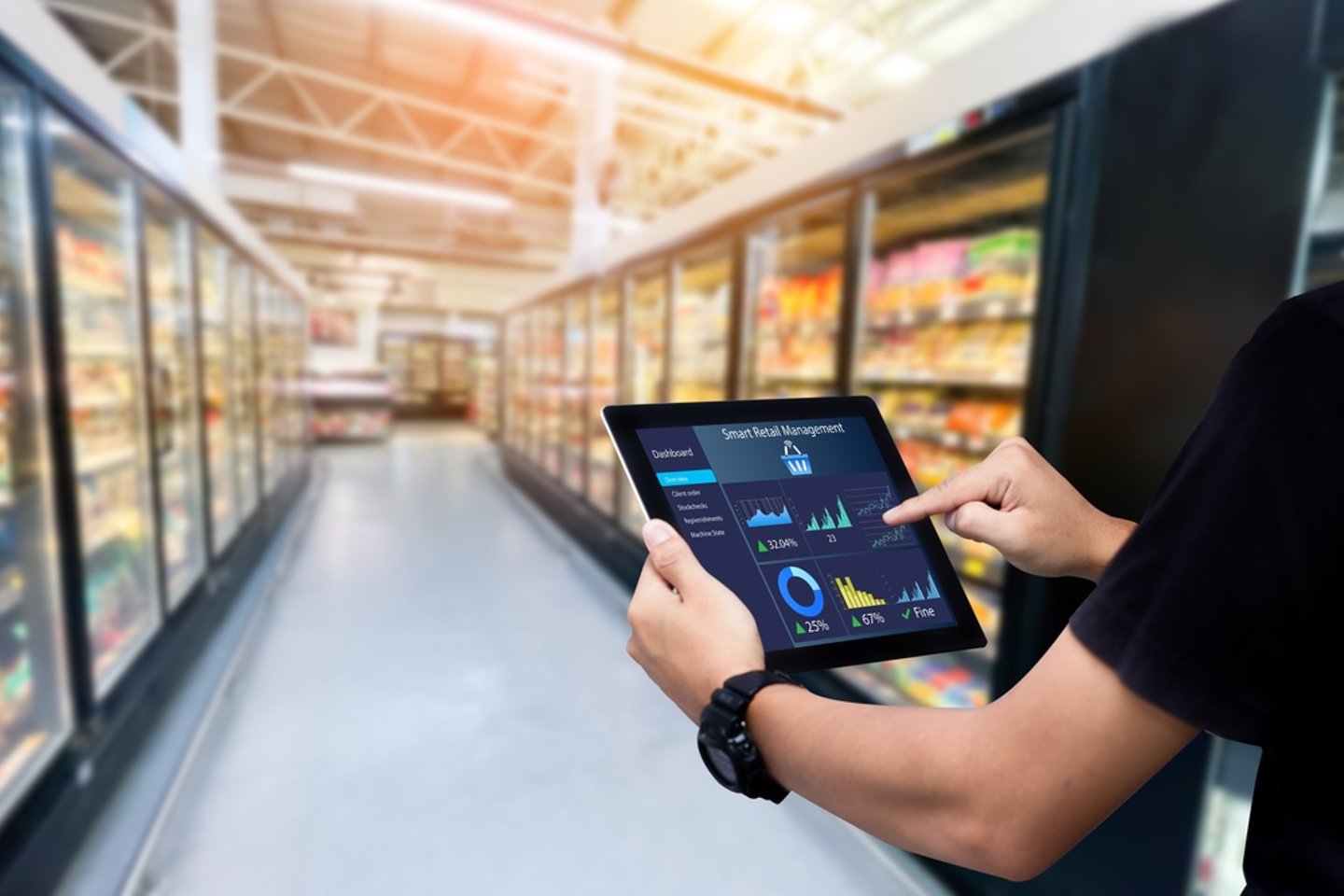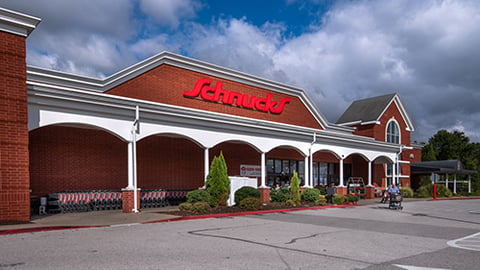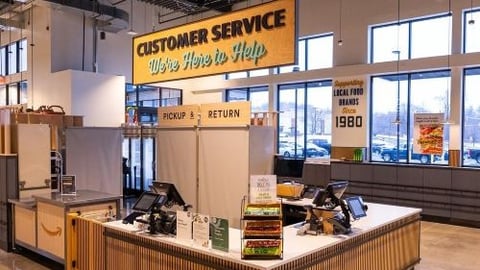GenAI: Unlocking Efficiency and Innovation Across the Grocery Supply Chain
In today’s rapidly evolving grocery and retail sectors, generative artificial intelligence (GenAI) and traditional AI/machine learning (ML) are proving to be transformative tools. From large supermarket chains to regional grocers, wholesalers and manufacturers, these technologies optimize operations, personalize customer experiences and enhance efficiency.
According to a McKinsey article, GenAI is poised to unlock between $240 billion to $390 billion in economic value for retailers, equivalent to a margin increase across the industry of 1.2 to 1.9 percentage points. This, combined with the value of nongenerative AI and analytics, could turn billions of dollars in value into trillions.
[RELATED: Finding the Recipe for GenAI Success in Grocery E-Commerce]
While more advanced GenAI use cases require high-quality data, mature governance, and significant investment, there are also practical “quick-win” opportunities. These include conversational commerce, hyper-personalization, self-service solutions, advanced analytics and improving customer experience. These use cases are easier to implement, require minimal groundwork and quickly demonstrate the potential benefits of AI adoption.
Enhancing Demand Forecasting and Inventory Management
Accurate demand forecasting is essential to minimize waste and optimize inventory. Traditional AI/ML models like regression analysis, time-series modeling, and machine learning algorithms can process historical sales, weather patterns, and local events to deliver reliable demand predictions.
For example, a grocery chain can leverage traditional AI models to anticipate seasonal trends or sudden spikes in demand. GenAI can enhance this by generating actionable insights or scenario simulations based on the forecast. For instance, after predicting a surge in demand for certain items, GenAI can produce dynamic restocking strategies or suggest marketing campaigns tailored to the forecast.
Hybrid approach: Traditional AI provides the core prediction, while GenAI transforms these predictions into human-readable strategies, ensuring quick, actionable decisions.
Personalizing the Customer Experience
Traditional AI/ML techniques such as clustering and collaborative filtering are effective for analyzing purchase histories and segmenting customers. These methods can personalize recommendations and marketing content efficiently.
GenAI takes this a step further by generating personalized marketing copy, promotions, or product suggestions based on customer sentiment and trends. For example, traditional AI can identify that a segment of shoppers prefers organic products, while GenAI can craft tailored promotions or content that resonates with this preference.
Hybrid approach: Use traditional AI for customer segmentation and preference analysis, and GenAI for generating engaging, personalized content.
Optimizing Store Operations With Predictive Insights
Traditional AI models such as reinforcement learning and predictive modeling can optimize workforce scheduling and inventory restocking. For example, AI can analyze foot traffic patterns to predict peak hours and align staff schedules accordingly.
GenAI can enhance these insights by simulating different staffing scenarios or generating dynamic restocking plans based on real-time data. For instance, traditional AI predicts a busy weekend, and GenAI generates a detailed staffing plan with suggestions for task distribution.
Hybrid approach: Traditional AI forecasts operational needs, while GenAI translates these insights into detailed, actionable workflows.
[RELATED: Q&A - How Artificial and Human Intelligence Can Address Grocery’s Biggest Issues]
Enhancing Quality Control With Predictive Maintenance
Traditional AI models like supervised learning and anomaly detection can analyze Internet of Things (IoT) sensor data to predict equipment malfunctions and reduce downtime. For instance, AI can flag unusual patterns indicating potential equipment failure.
GenAI complements this by generating maintenance schedules or visual diagnostics to assist technicians. For example, after traditional AI identifies an anomaly, GenAI generates detailed maintenance instructions or visualizations of the issue.
Hybrid approach: Traditional AI for detecting anomalies; GenAI for enhancing human interpretation and response.
Driving Product Innovation
Traditional AI techniques can analyze market trends and customer feedback to identify potential product innovations. Clustering and sentiment analysis help highlight gaps in the market or emerging preferences.
GenAI accelerates this process by generating new product designs, packaging ideas or formulations. For instance, traditional AI identifies a demand for eco-friendly packaging, and GenAI creates simulations of potential designs.
Hybrid approach: Traditional AI for identifying innovation opportunities; GenAI for generating creative concepts and prototypes.
Strategic Adoption of AI in Retail
For grocery retailers, wholesalers, and manufacturers, adopting both traditional AI and GenAI offers a balanced approach to efficiency, decision-making, and customer engagement.
Traditional AI/ML provides cost-effective, reliable solutions for many forecasting, prediction, and optimization needs. GenAI enhances these outcomes by making insights more actionable, generating creative outputs, and automating decision support.
Retail leaders should carefully assess each use case to determine the most appropriate technology. By strategically combining traditional AI and GenAI, businesses can stay ahead of challenges, unlock new growth opportunities, and deliver superior customer experiences.






